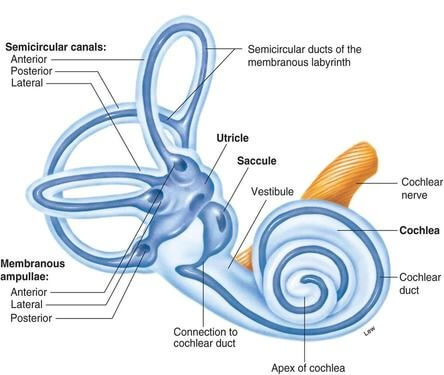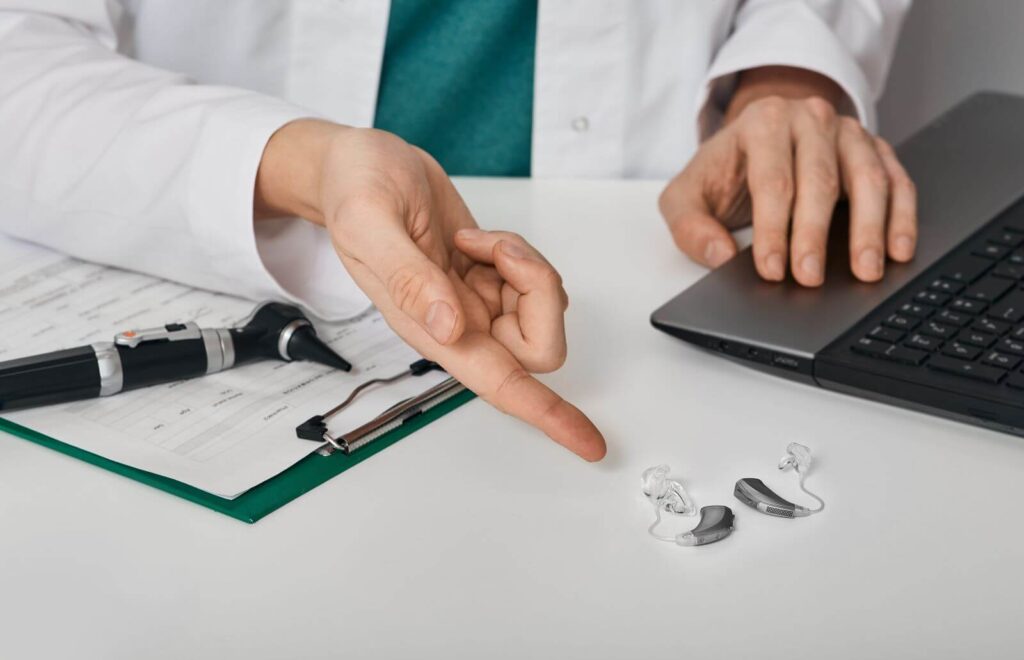Balance is very important in our daily lives. It helps us move around and do tasks without fearing that we might fall.
However, some people find it hard to keep their balance due to various issues related to the vestibular system.
This guide will talk about balance testing. It will provide clear information for those with balance issues who want to know more about tests and treatments.
Balance and Balance Disorders
Balance is a complex function that needs different parts of the body to work together.
The vestibular system, located in the inner ear, plays a big role in balance. It sends messages to the brain about the movement of the head and body. The eyes, as well as sensors in the muscles and joints, provide important information about where the body is in space.
Balance problems really impact a person’s quality of life. They can cause dizziness and increase the chance of falling.
Some common signs of balance issues include feeling like the room is spinning, feeling faint or lightheaded, being unsteady and having blurry vision.
Understanding the Vestibular System
The vestibular system is part of our senses located in the inner ear. It helps the brain understand movement, head position, and where we are in space. This system includes three semicircular canals and two otolith organs. These organs are called the utricle and saccule.
- Semicircular Canals: These tubes are filled with fluid and are set up in three different ways. They help you feel how your head is moving. Each canal responds to different head movements. This makes it easier to stay balanced when you are being active.
- Otolith Organs: The utricle and saccule feel how fast you speed up and tilt your head. They have small crystals that move when your head changes. This movement sends signals to your brain about where your body is.
Common Causes of Balance Disorders
Various factors can change the vestibular system and lead to balance issues. Some common causes are:
- Position Change Dizziness (BPPV): This occurs when tiny calcium crystals get loose in an area of your inner ear called the utricle. They then move into the semi-circular canals. This can lead to quick spells of dizziness when you turn your head in certain ways.
- Meniere’s Disease: This condition causes dizziness, trouble hearing, ringing in the ears, and a feeling of fullness in one ear. It happens due to extra fluid building up in the inner ear.
- Vestibular Neuritis and Labyrinthitis: These are conditions from a virus. Vestibular neuritis affects the nerve for balance. Labyrinthitis affects both the balance nerve and hearing parts. Both can cause sudden, strong dizziness and balance issues.
- Migraine Dizziness: Some people feel dizzy when they have a migraine. This can make it hard for them to stand or walk.
- Head Injuries: A head injury can harm parts of the ear or brain that help with balance. This can result in ongoing dizziness and problems keeping your balance.
What is Balance Testing?
Balance testing involves several tests. These tests check how well the vestibular system and other areas work together to keep balance. They help audiologists and doctors find what causes balance problems. Then, they can make specific treatment plans.
Common Balance Tests
- Videonystagmography (VNG) and Electronystagmography (ENG). VNG and ENG are widely used to assess the inner ear and central motor functions by measuring involuntary eye movements known as nystagmus. During these tests, patients wear special goggles equipped with infrared cameras to record eye movements while they follow visual targets or respond to positional changes. These tests help identify abnormalities in the vestibular system and pinpoint issues causing balance disorders.
- Rotary Chair Test. This test involves sitting in a chair that moves in different ways. The moving chair test checks how the inner ear and brain work together when you turn around. Doctors watch how your eyes move with the chair. This helps them understand how well your body keeps your vision steady when your head moves.
- Caloric Testing. Caloric testing checks how the vestibular system responds. This test involves putting warm or cold water, or air, into the ear canal. The change in temperature impacts the inner ear. This leads to nystagmus, which is then measured. The test helps see if each ear is working properly. A difference can indicate if there is a vestibular problem.
- Posturography. Posturography measures how well someone can balance in different situations. During this test, patients stand on a platform. This platform tracks their body movements as they look at different things and stand on various surfaces. The test provides important information about how the parts of the body that support sight, balance, and body awareness work together.
Preparing for a Balance Test
Proper planning can make balance tests more accurate and reliable. Patients usually need to follow these guidelines:
- Avoid Caffeine and Alcohol: These drinks can mess with how your body stays balanced. They might lead to incorrect test results.
- Stop Certain Medications: Some medicines, especially those that affect the brain, should be stopped before testing. Patients should ask their doctor for advice.
- Dress Comfortably: Wear loose clothes. This makes it easier to attach the electrodes and sensors.
- Do Not Wear Makeup: Makeup can make it hard for the electrodes and goggles to stick properly.
- Ensure Ear Canal is Clear: A lot of earwax can lead to wrong test results. Clean your ears before the tests.
Next Steps After Receiving Your Results
After balance testing, what happens next depends on the cause of the problem. Treatment options for balance issues might include:
- Vestibular Rehabilitation: This is a type of physical therapy. It helps improve your balance and lessen dizziness. The therapy has exercises that train the brain to deal with balance problems.
- Medication: Medications can help lessen problems like dizziness, upset stomach, and worry that come with balance issues. Some common types of medications are ones that calm the inner ear, those that stop nausea and steroids for swelling.
- Canalith Repositioning Procedures: These involve specific head movements to guide displaced inner ear crystals back to their proper position, alleviating dizziness.
- Surgery: In rare cases, surgery may be necessary. This is done to fix problems in the inner ear.
Lifestyle Changes to Manage Balance Disorders
Making changes to your lifestyle can help you keep your balance and reduce the risk of falling. Here are some helpful tips:
- Regular Exercise: Doing exercise often helps you get stronger, improves how you move, and makes you feel more balanced.
- Healthy Diet: Eating a balanced diet is good for your health. It can also help you manage problems that affect your balance.
- Stress Management: Deep breathing exercises and being aware of your thoughts can help lower stress. This also helps improve your balance.
- Fall Prevention: Changing your home can lower the chance of falling. You can do this by removing things you might trip on and adding grab bars in important spots.
The Importance of Seeking Treatment
If you’re wobbling more than usual, don’t just shrug it off. Make an appointment with an audiologist and get your balance tested. It’s the first step to getting back on solid ground and feeling more like yourself again.
We hope you now have a better understanding of how your inner ear works and what tests are out there to determine potential balance problems.
Sound Hearing is a London based private audiologist. If you or a loved one is experiencing balance problems or any other hearing related issues, feel free to book an appointment with one of our audiologists.



